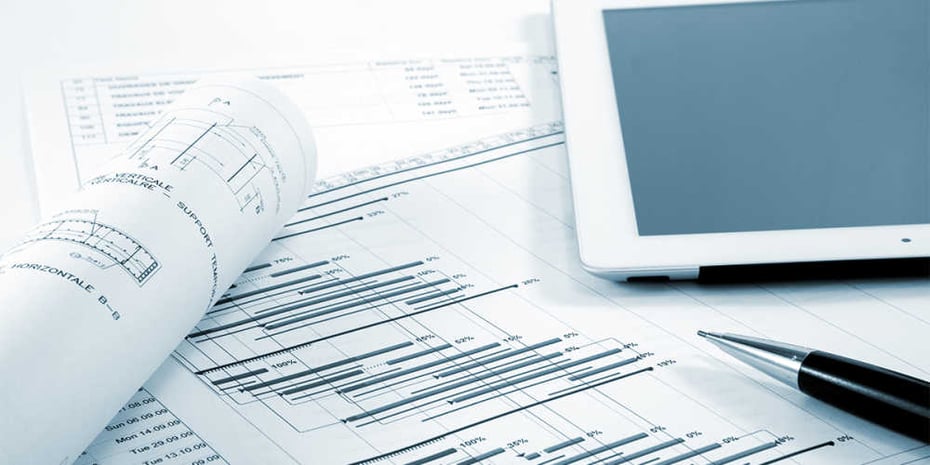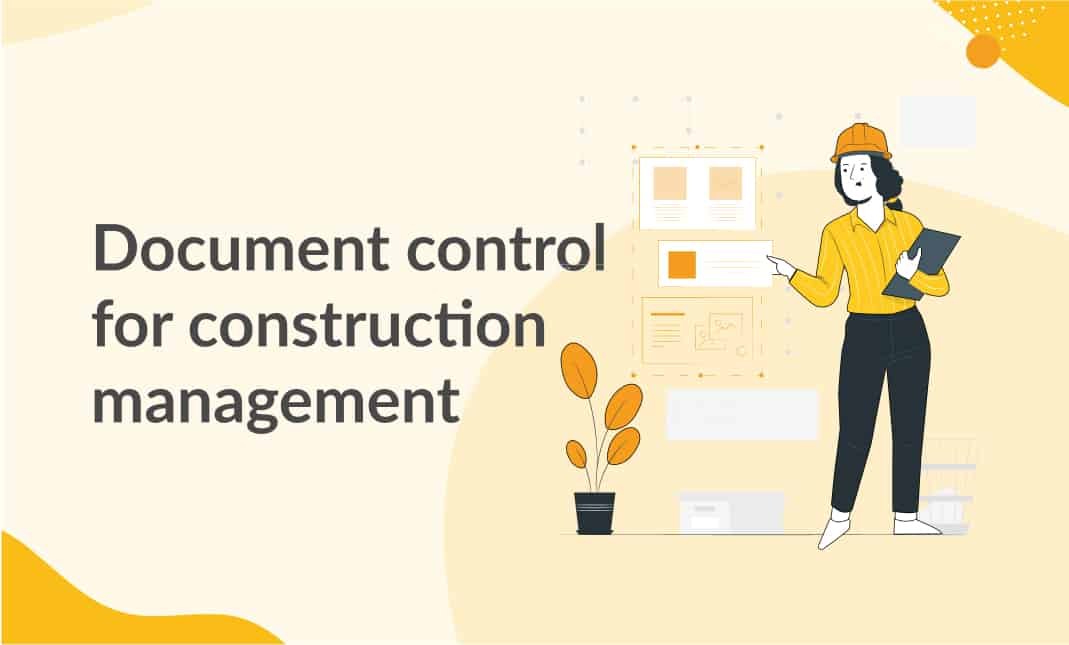Mastering Organization: Improve Effectiveness with Construction Document Management
Enhancing Process Efficiency: Engineer's Specialist Techniques for Construction Record Administration
In the realm of architectural design and building, the precise administration of papers stands as a keystone for project success. These strategies not only guarantee smooth job progression however likewise hold the crucial to opening improved efficiency and precision in the elaborate realm of construction file monitoring.
Key Document Organization Techniques
When managing construction documents, one of the key techniques that architects use is developing a reliable and methodical organization system. This system normally entails classifying papers based upon their type, such as drawings, specs, agreements, and allows. By producing clear and unique groups, architects can quickly situate certain information when required, conserving time and minimizing mistakes in the building process.
Within each group, architects additionally arrange documents by producing subfolders or making use of numbering systems to represent revisions or versions (construction document management). This ordered structure makes certain that the most pertinent and existing information is easily available while keeping a document of changes made throughout the task timeline
Furthermore, designers usually utilize digital file administration systems that supply attributes like keyword search features, variation control, and access restrictions to improve organization and partnership amongst job stakeholders. These devices enhance the record access procedure, advertise real-time updates, and promote smooth interaction, inevitably adding to the total success of the building and construction task.
Collaborative System Combination
To enhance paper administration effectiveness in building jobs, designers flawlessly incorporate joint systems to enhance interaction and simplify sychronisation among project stakeholders. By leveraging joint platforms such as project management software program, cloud-based storage space systems, and communication tools, engineers can produce a centralized hub for all project-related files and interaction networks. These platforms enable staff member to accessibility, evaluation, and collaborate on records in real-time, minimizing delays and the threat of errors associated with typical paper management approaches.
Collaborative system assimilation likewise cultivates openness and accountability within the task group, as all stakeholders have presence into the most recent project updates and modifications. By centralizing communication and record sharing, architects can guarantee that all employee are working from the most updated details, minimizing the possibilities of misconceptions or problems occurring because of obsolete records.
Additionally, collective systems make it possible for seamless collaboration between designers, service providers, customers, and other project stakeholders, promoting a more cohesive and effective task operations. By damaging down communication barriers and assisting in info exchange, engineers can drive performance and technology in construction jobs, eventually bring about effective task end results.
Version Control Best Practices
Executing effective version control practices is important for preserving paper precision and consistency in construction jobs. By establishing a clear system for taking care of revisions, project groups can ensure that everyone is working from one of the most current documentation, lowering the danger of mistakes and discrepancies throughout the building stage.
One of the vital ideal practices for variation control is to designate unique identifiers to every file variation. This can be achieved by using a numbering system or date stamp that clearly shows the order of modifications. By clearly identifying each iteration, employee can conveniently track the development of the paper and determine the most recent variation.

Automation Tools for Effectiveness

Record control software, like Procore or PlanGrid, streamlines job documents, making it conveniently accessible to all stakeholders. These platforms enable real-time partnership, variation control, and automated back-ups, securing versus information loss. In Addition, Structure Details Modeling (BIM) software program automates the generation of construction drawings and guarantees that modifications are synchronized across all associated files.
Integrating automation tools with cloud storage remedies further enhances accessibility and security. By automating the document management process, task groups can concentrate their effort and time on value-adding activities, eventually improving productivity and task results.
Secure Data Management Solutions
Successfully managing and securing project information is paramount in the building and construction industry to make certain privacy and integrity throughout the job lifecycle. Building firms can use encrypted cloud storage services to firmly store and share task files with accredited personnel.
Additionally, utilizing digital civil liberties management (DRM) tools includes an added layer of safety and security by protecting against the unauthorized distribution or replication of task documents. Routine information backups are vital to alleviate the threat of data loss due to unanticipated conditions like hardware failures or cyber-attacks. Collaborative platforms with built-in safety attributes enable seamless interaction and data sharing amongst task team members while maintaining data stability.
Final Thought
To conclude, applying key document organization techniques, integrating collaborative platforms, practicing version control finest methods, using automation tools, and embracing protected data administration services are necessary methods for boosting operations performance in building record monitoring. These experienced approaches can simplify procedures, boost interaction, guarantee accuracy, and maintain information protection throughout the building and construction job lifecycle.
In the realm of building layout and building and construction, the read the full info here careful administration of files stands as a cornerstone for task success. These methods not only ensure smooth task development but also hold the vital to opening enhanced performance and precision in the intricate world of building file management.
To enhance document management performance in building and construction tasks, architects flawlessly integrate joint platforms to enhance communication and simplify control have a peek at this website among project stakeholders. These systems allow group members to access, testimonial, and collaborate on papers in real-time, decreasing hold-ups and the danger of mistakes associated with typical file monitoring methods.
Making use of automation tools in building document monitoring dramatically boosts performance and enhances processes for job groups. construction document management.